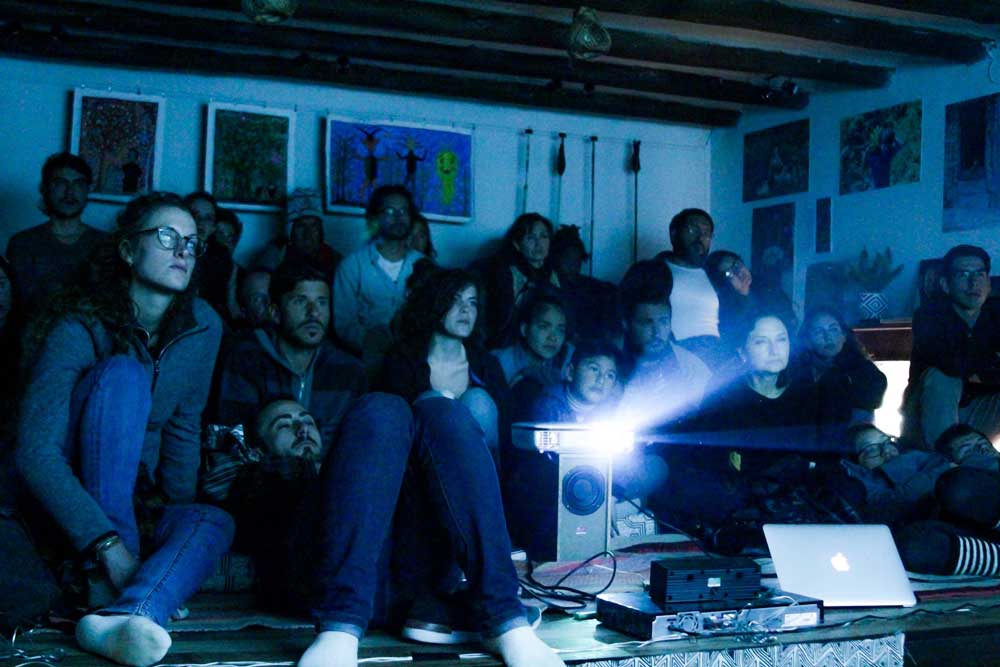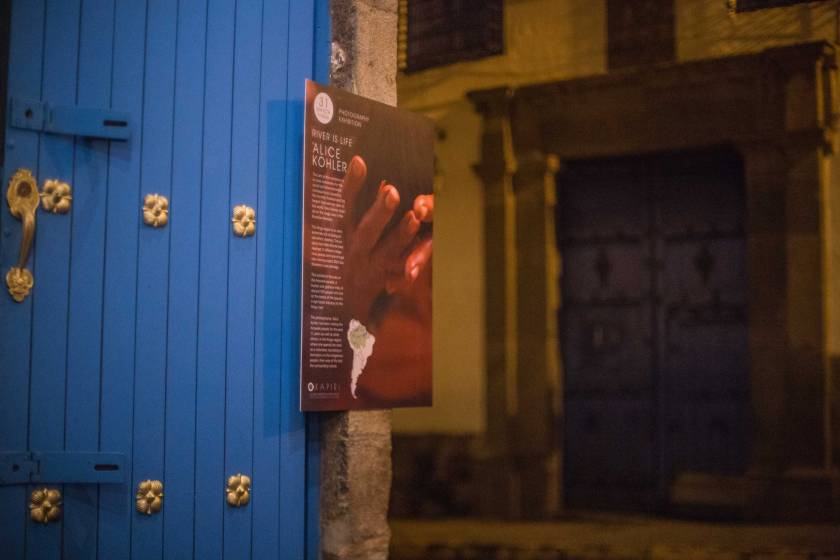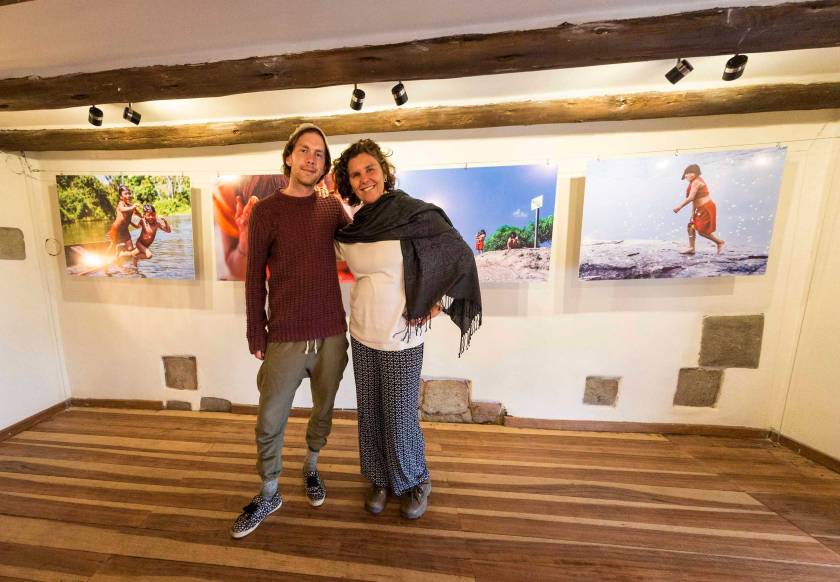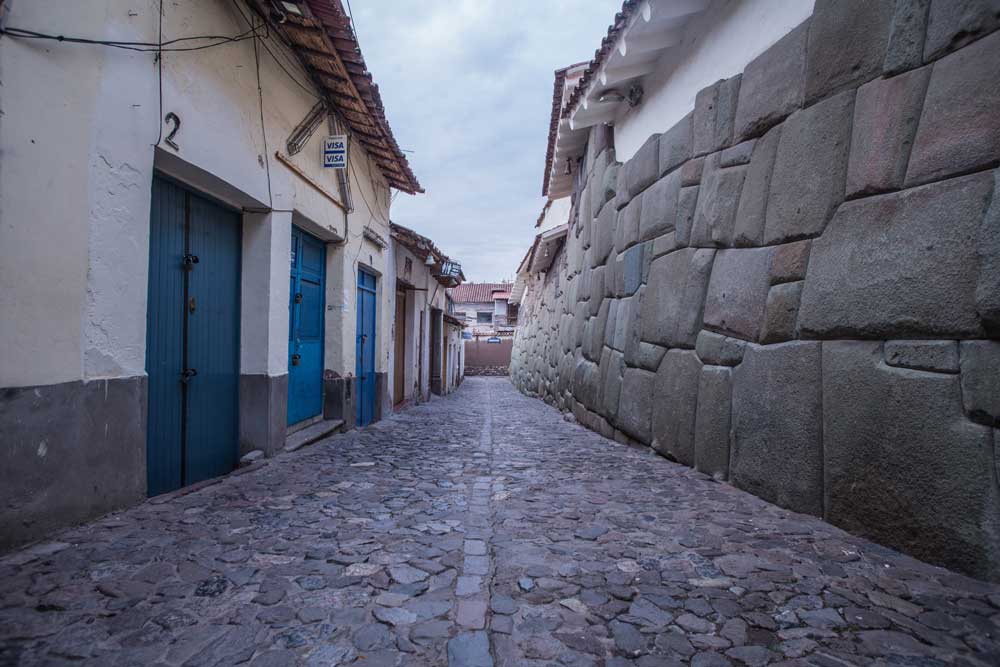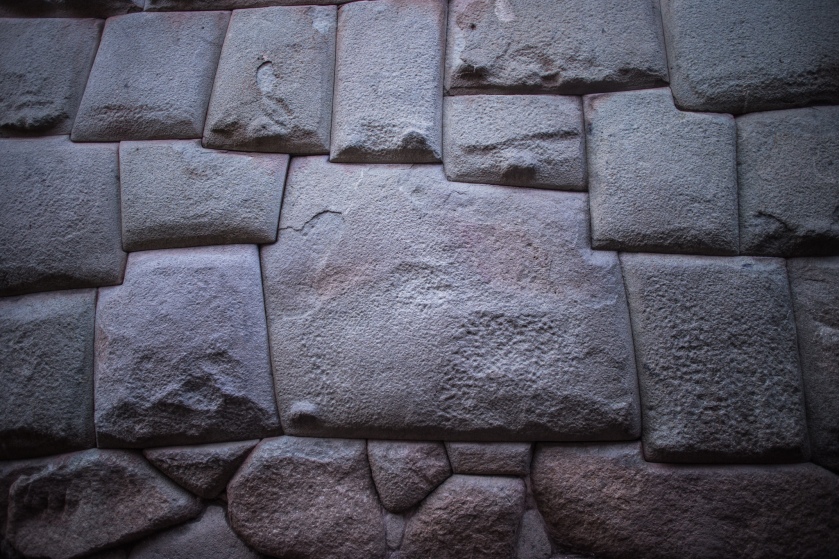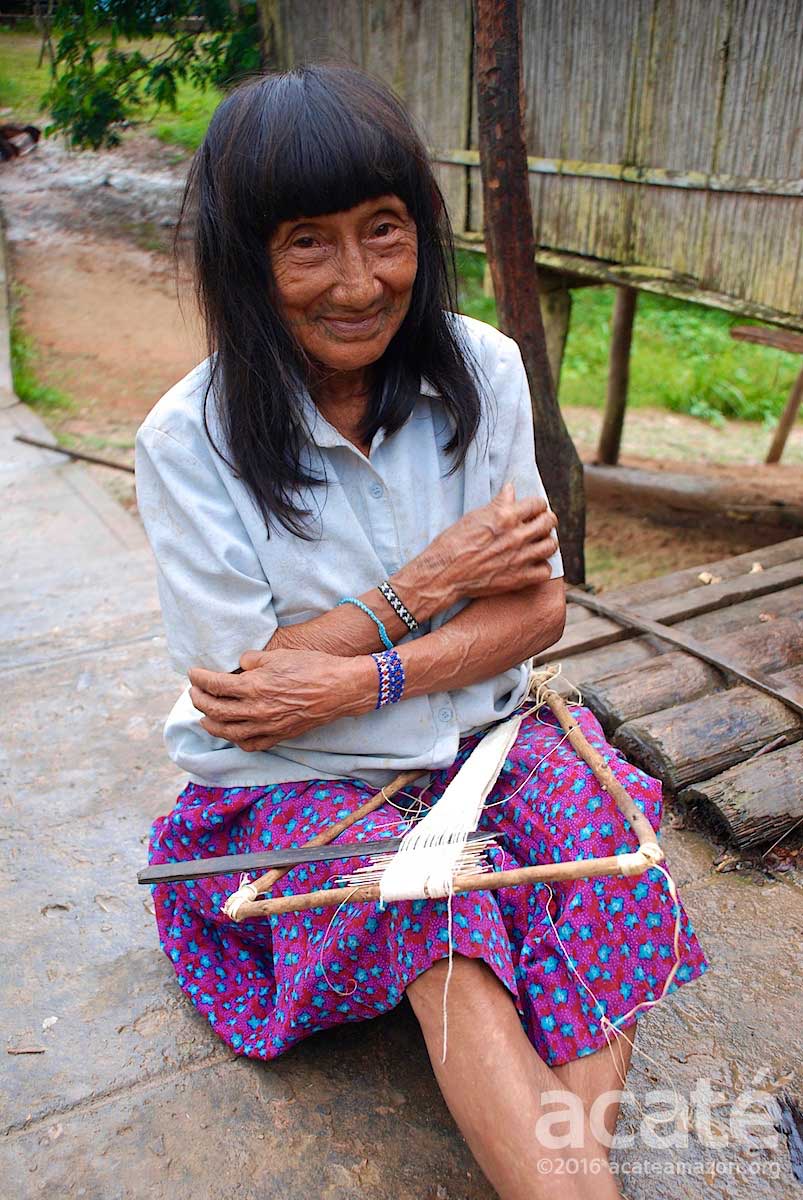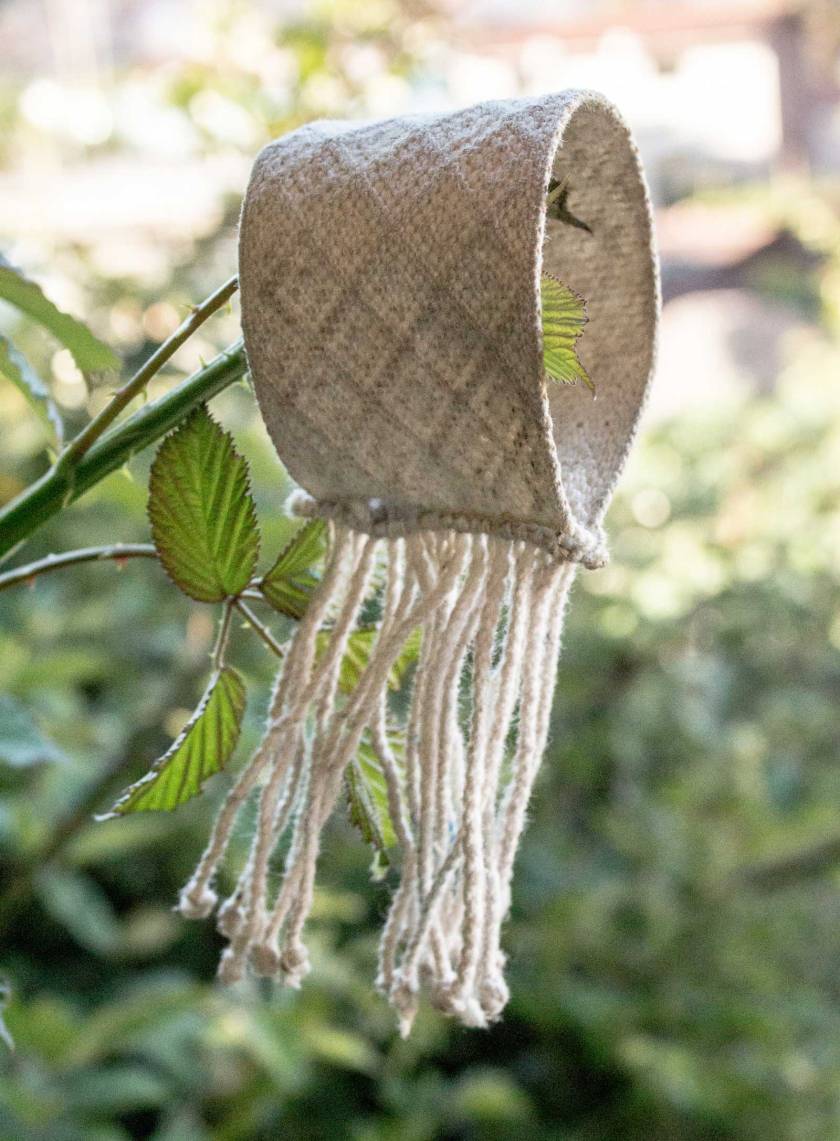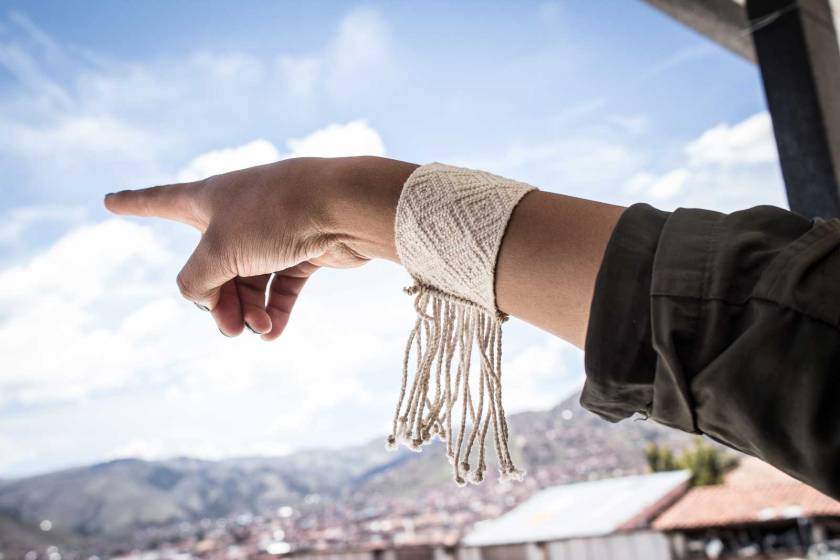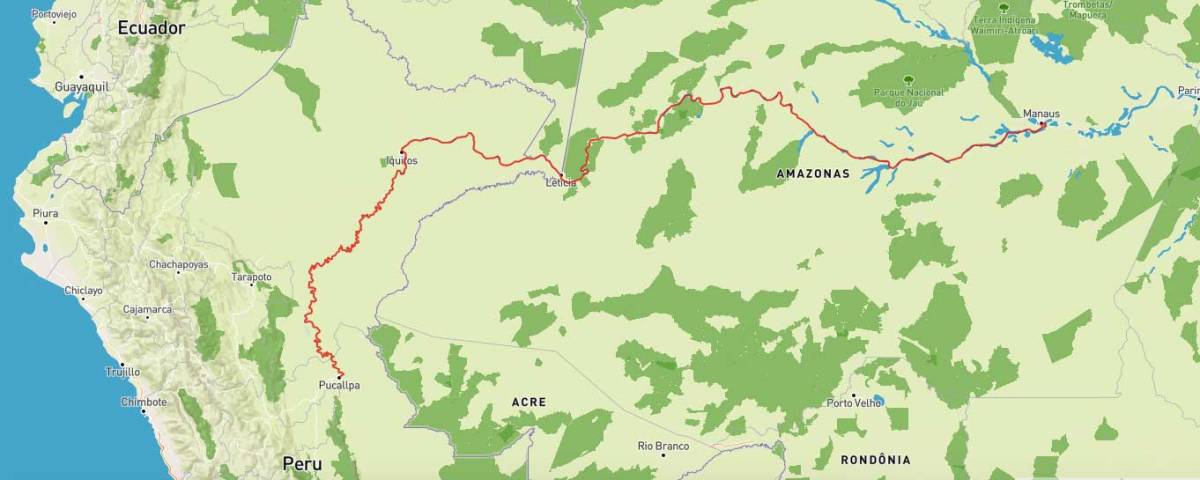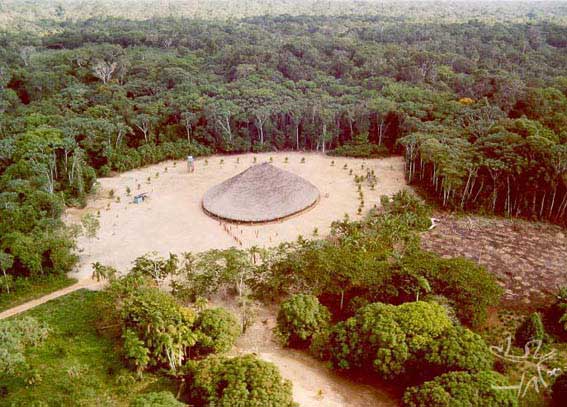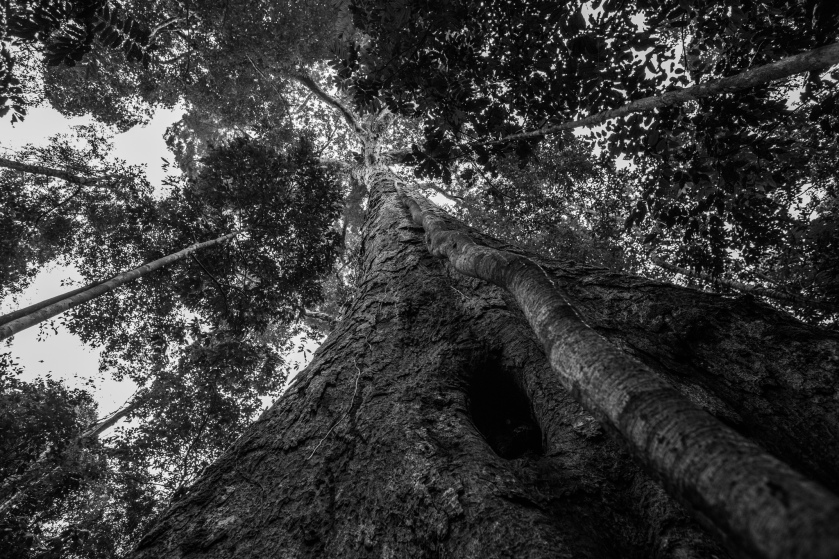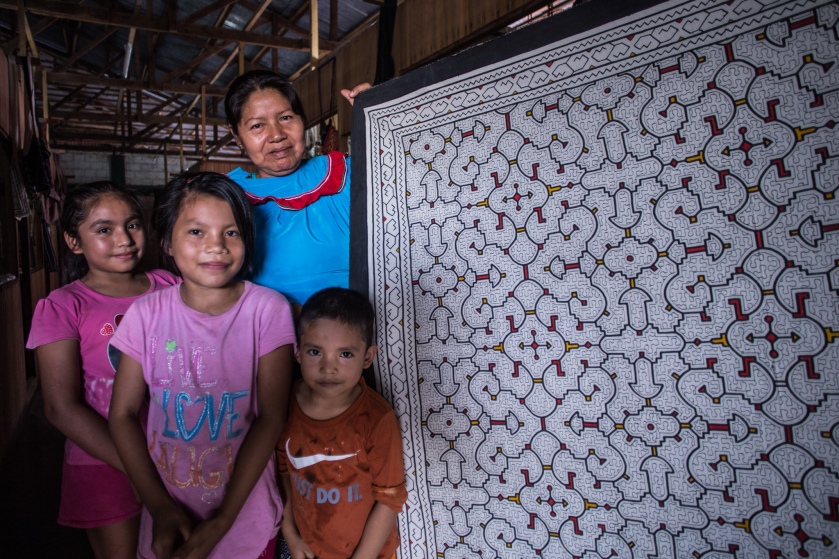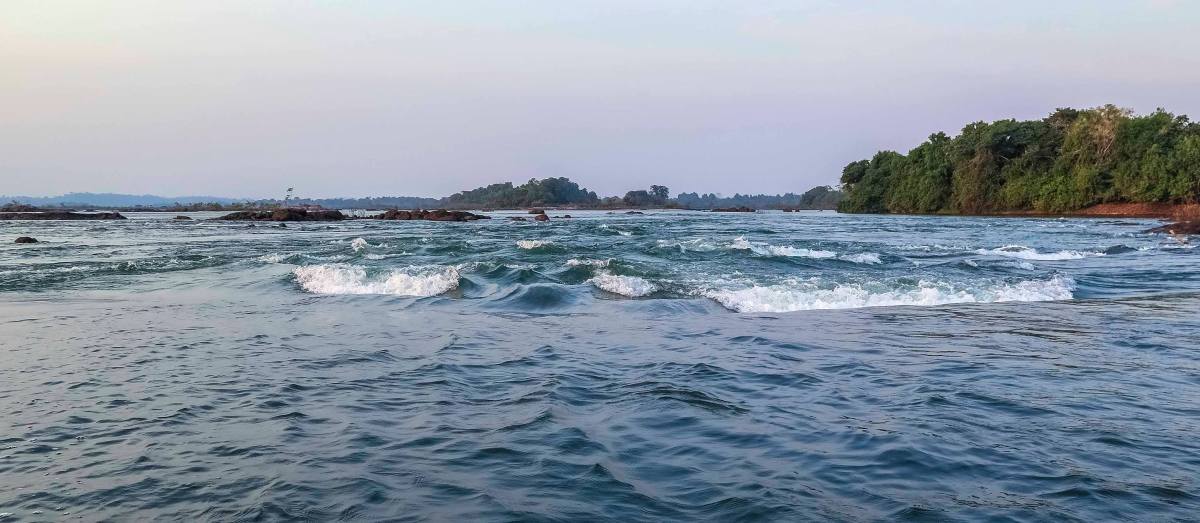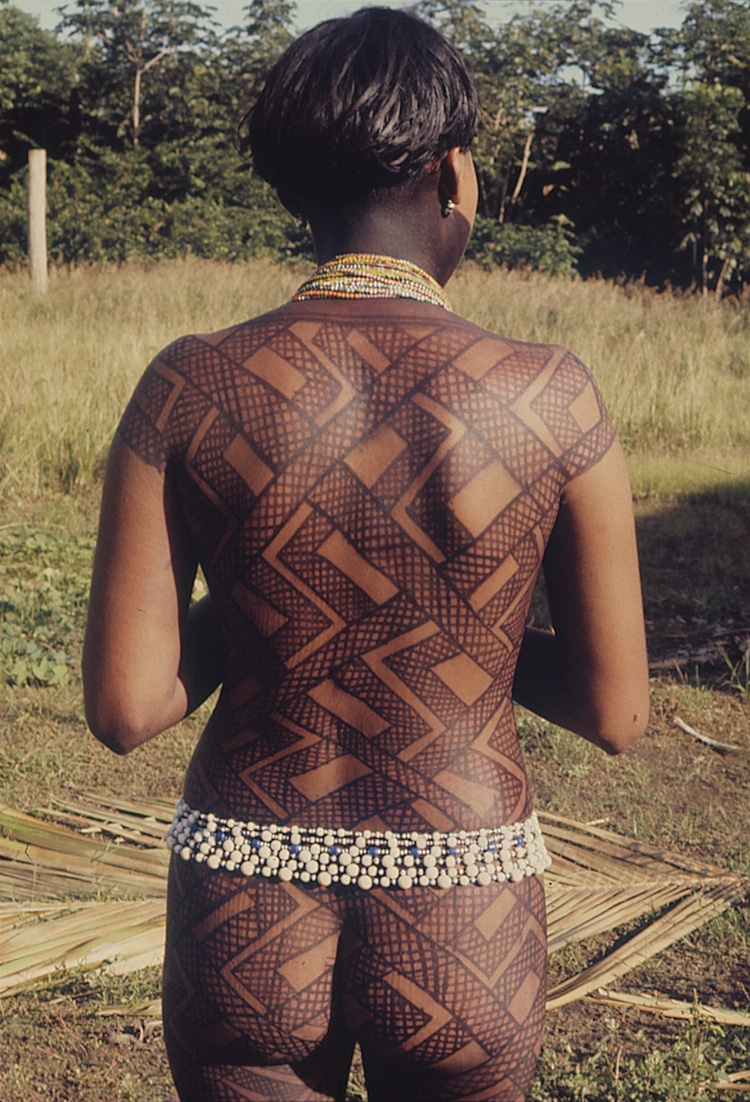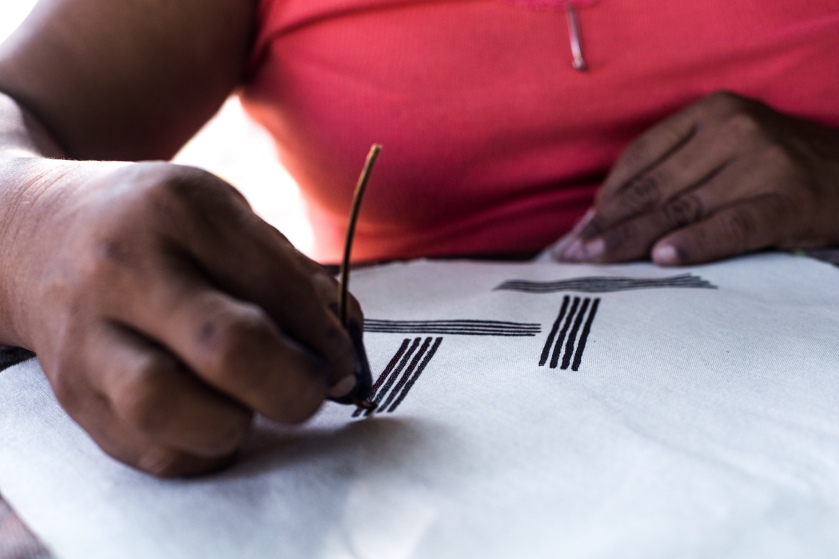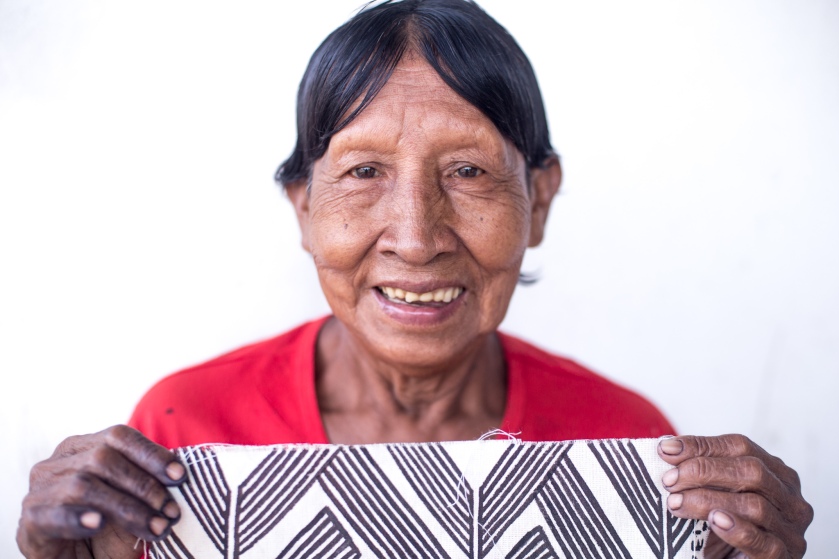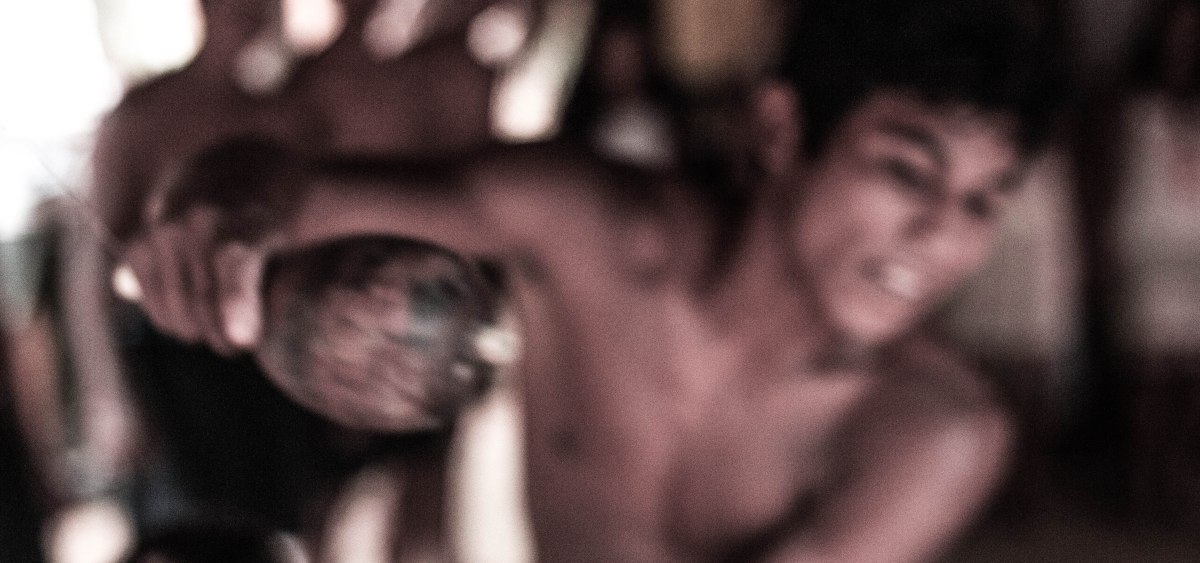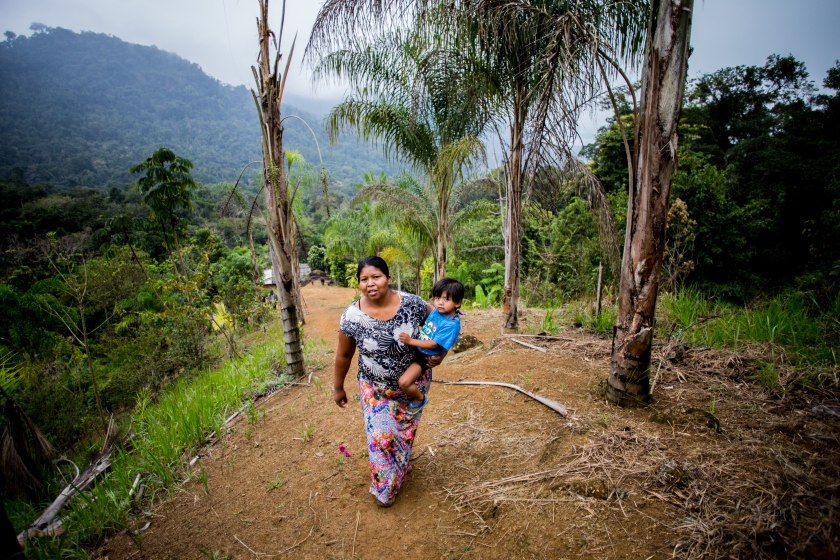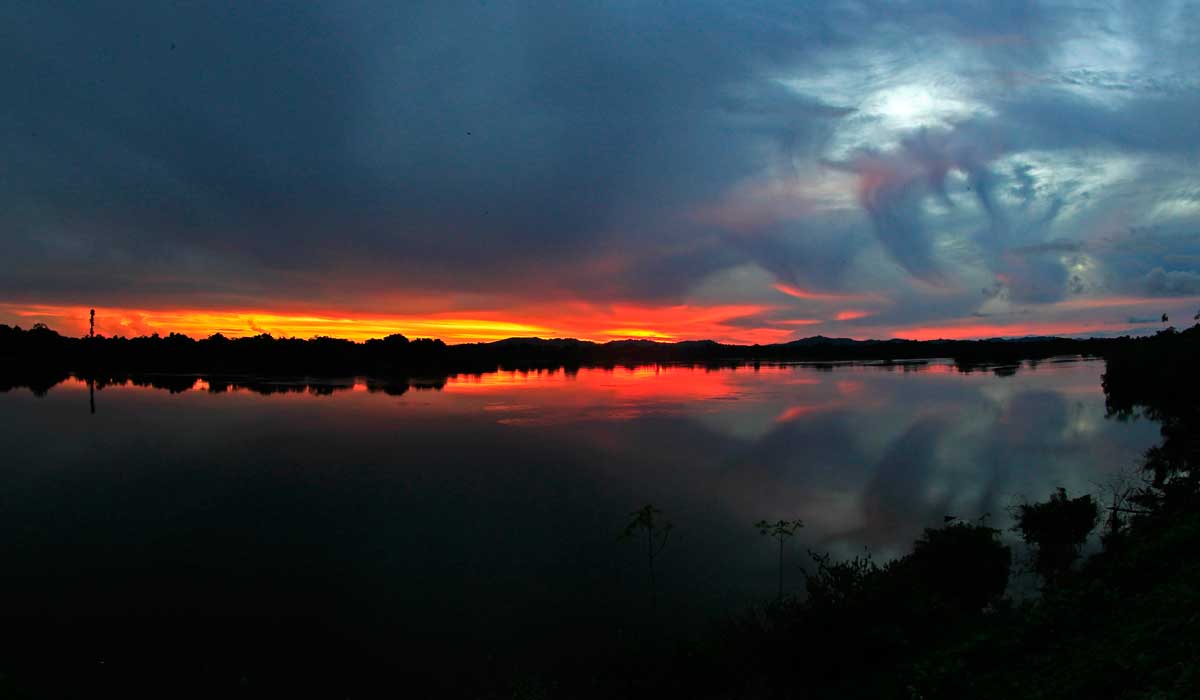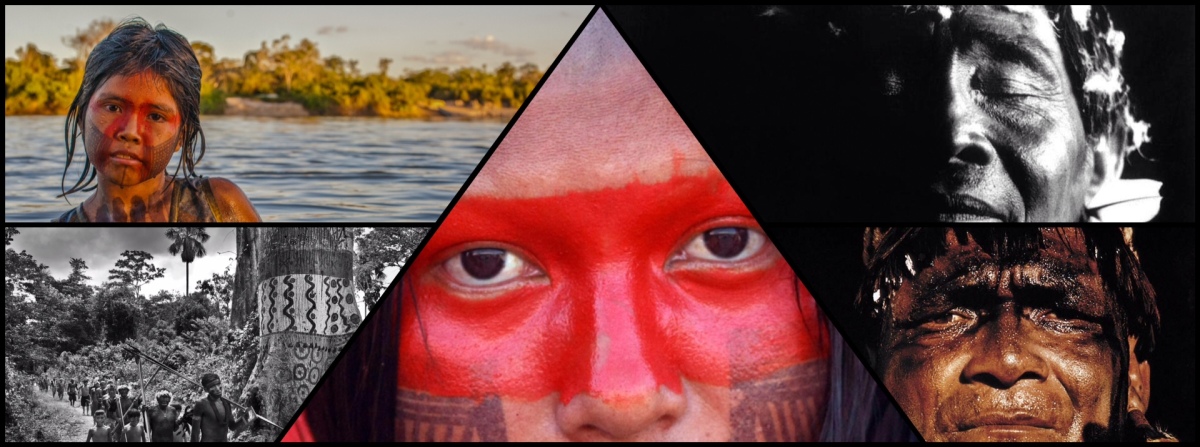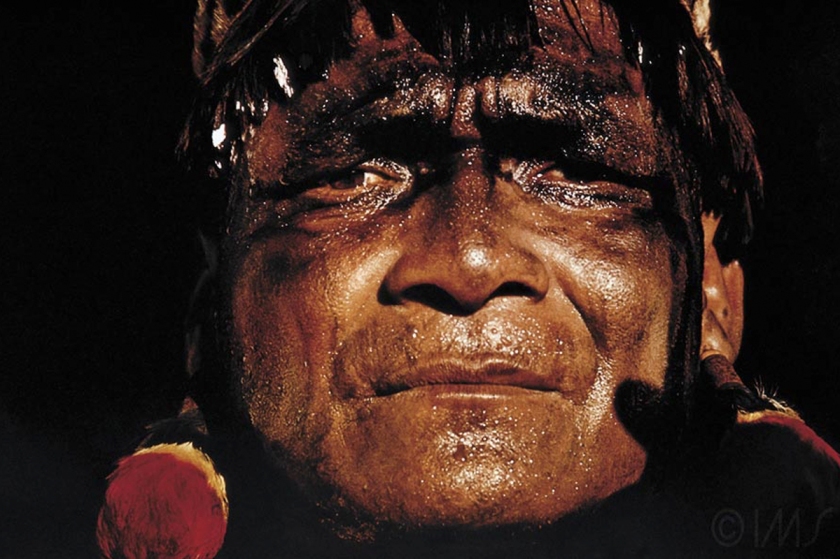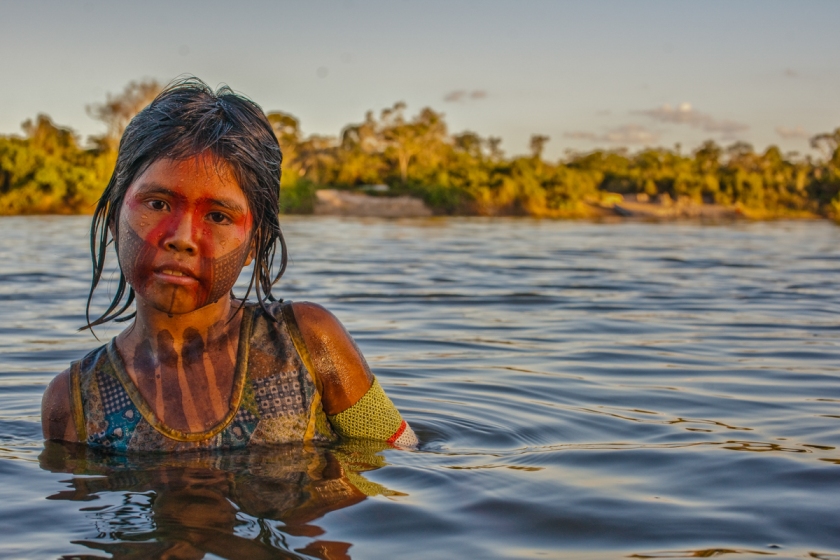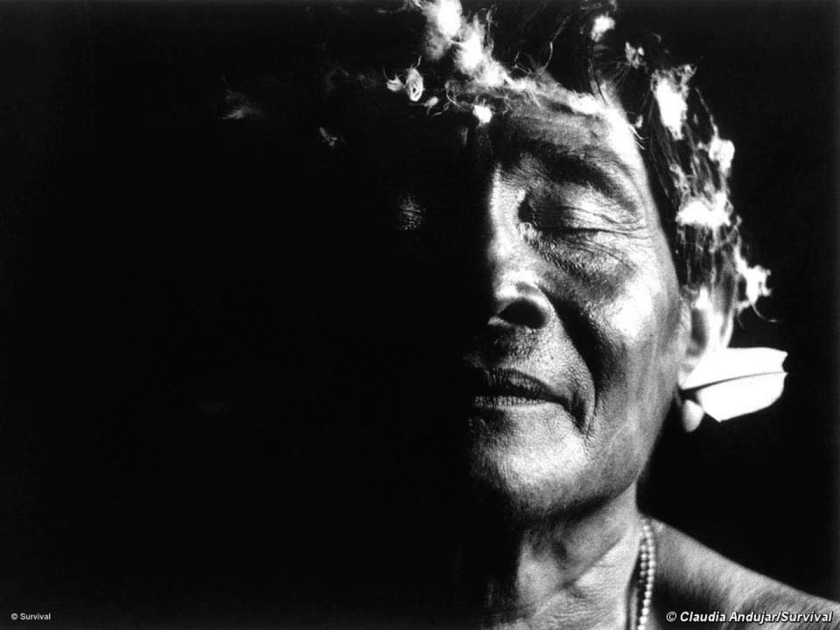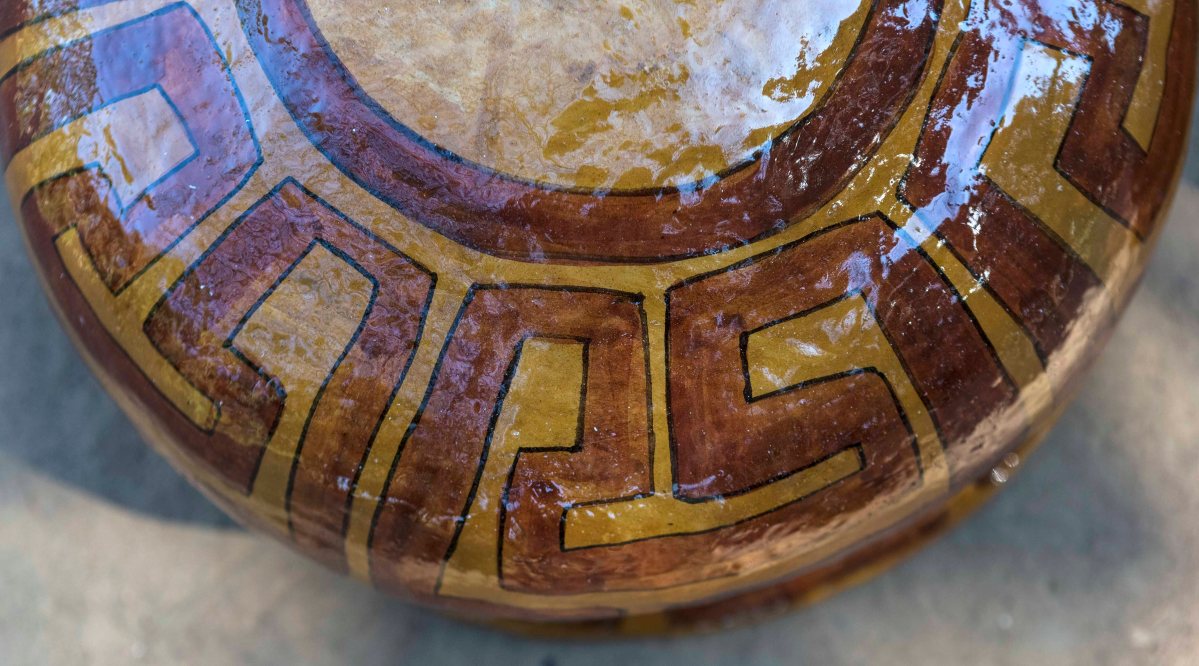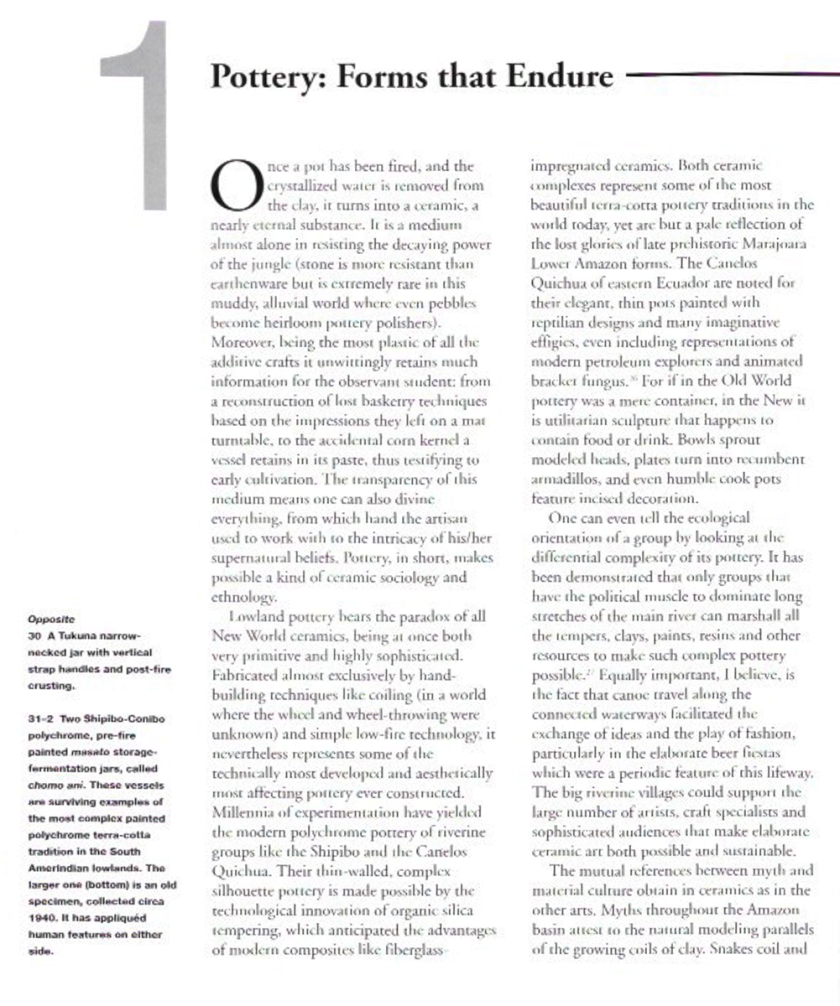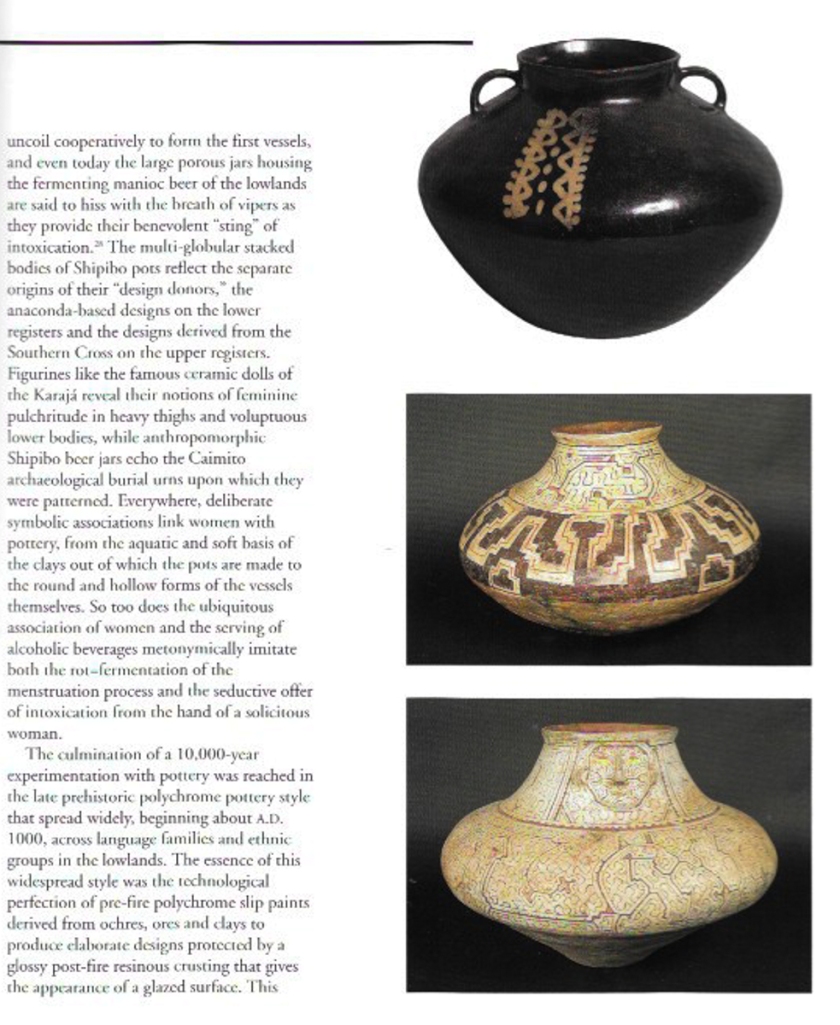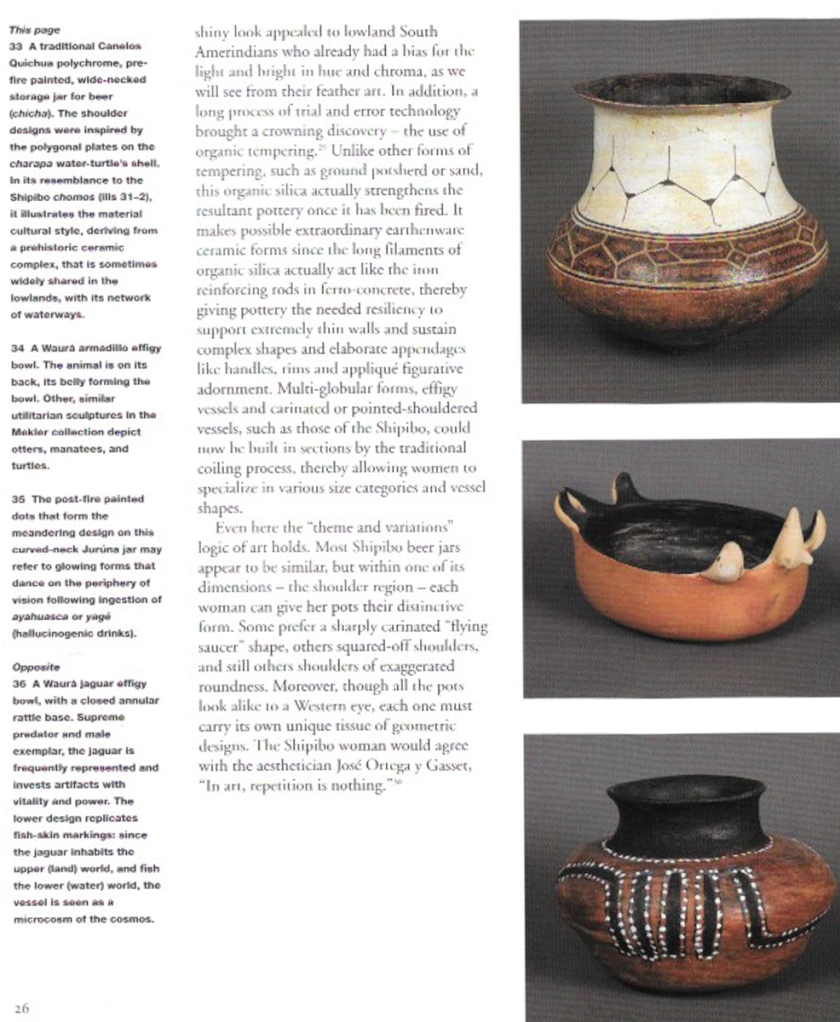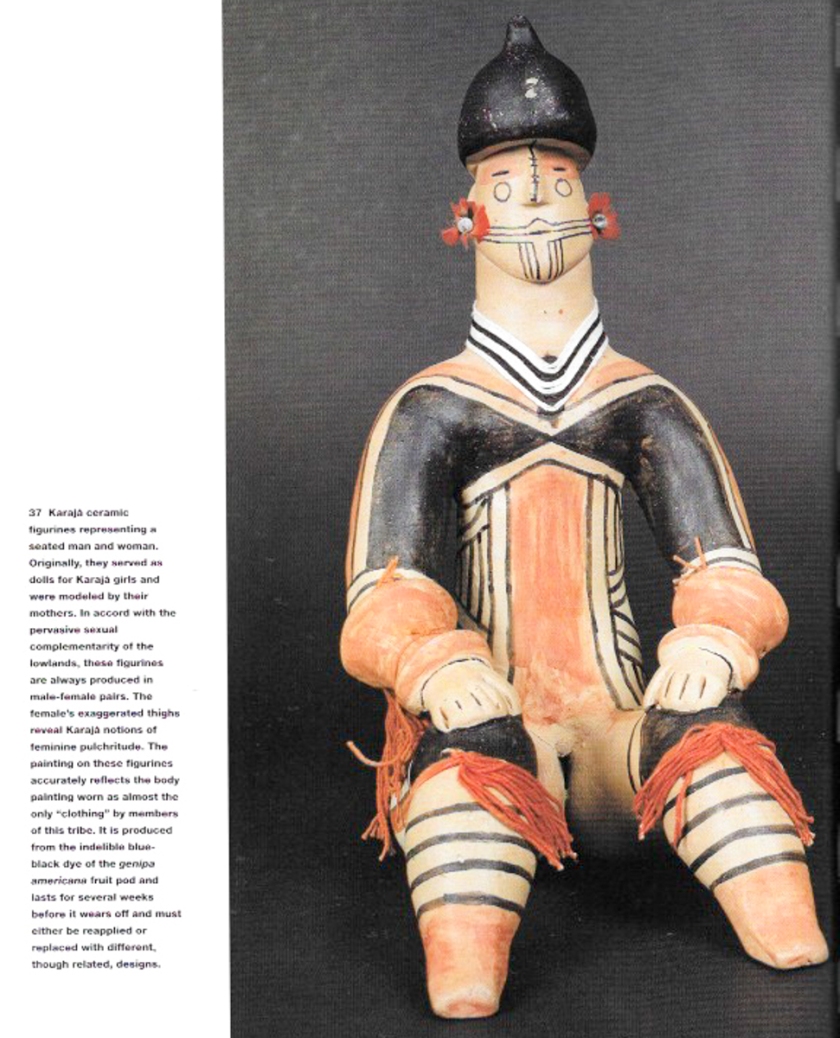Xapiri’s mission has always been to raise awareness about Amazonian indigenous culture and the pressures that it faces both through the promotion of tribal artwork, as well as by holding cultural events and encouraging critical thinking. This month we held our first two cultural events, both big successes!
On July 7th we screened “Xapiri,” an experimental film on Yanomani shamanism and the ceremonies associated with yakoana. Far more people showed up than we had been expecting, and there was an atmosphere of openness and curiosity as people trickled (or poured) in to our cozy space. The film was advertised as starting at 7pm; so many people showed up so quickly that we had to close the doors at 7pm sharp, and were able to start shortly afterward. Except for a few small technological glitches, the event was a huge success.
The film is, for lack of a better word, trippy. Yakoana is a powerful psychotropic preparation used by the Yanomani to connect with the Xapiri, or spirits of the forest, and the film does a great job at depicting a different reality to the one we live in from day to day. We hear the chanting of the shaman, the sounds of the forest, and the image is often blurry or double exposed. We see the Yanomani village, the central area where the ceremony is held, we can almost feel the heat as we watch men dancing in the haze of the sun. At one point children climb in the trees, jumping from branch to branch, at another, women lounge in hammocks, staring into the ceiling or laughing.
It was a new, colourful, and stimulating experience, and when the film ended and everyone could stand and stretch their legs, many stayed behind to chat about the film over a beer. We plan to make film screenings a regular event with our “cineclub” and we’re excited about all the enthusiasm and the the great conversations to come.
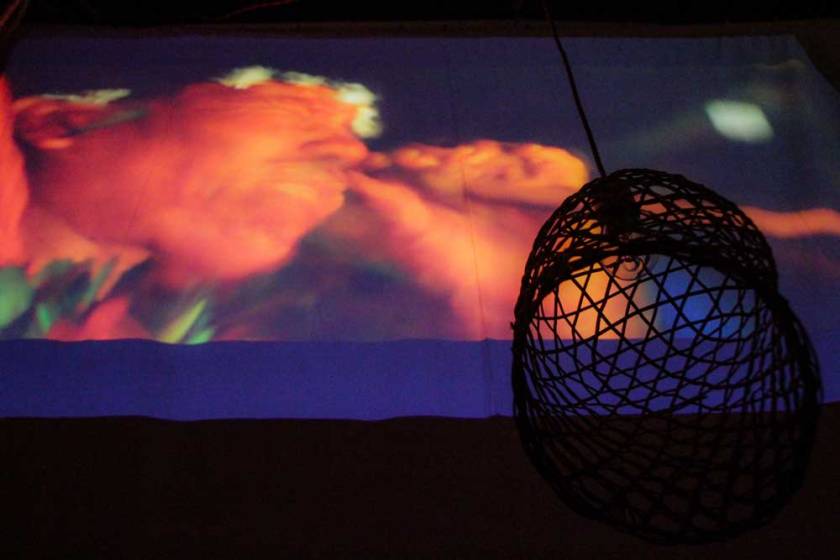
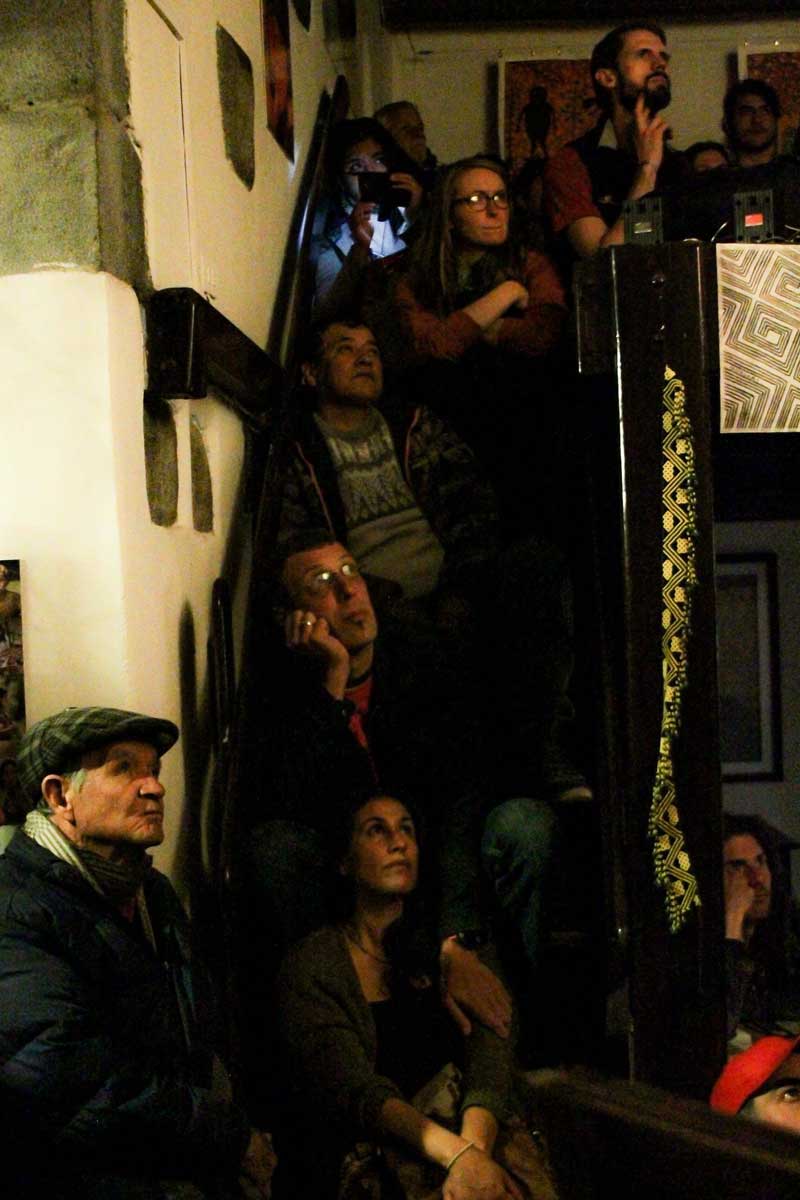
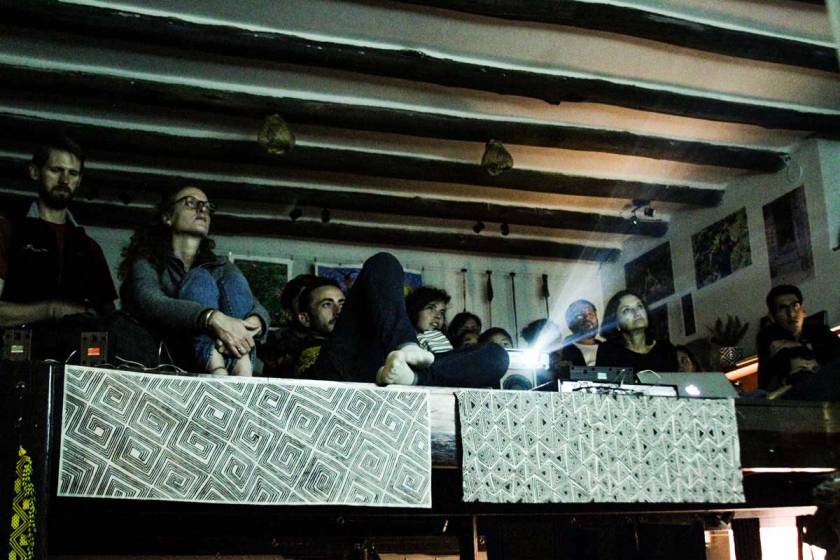
Our second event was held only four days later on 10 July. Called “Trayectorias de la traduccion” (Trajectories of translation) it was, in the end, a look at indigenous languages, their use, and the threats they face in a changing world. Evelyn Schuler Zea, an anthropologist at the university of Florianopolis, Brazil, opened the event with some thoughts on translation. Then we heard from Jorge Alejandro Vargas Prado, a local musician and Quechua poet, about his experience as a Quechua speaker and former academic. Jorge Choquehuillca Hualpa, also a musician of the Quechua nation, played some music and shared his thoughts on Quechua integration in Peru and the cultural differences that underpin indigenous cosmovision. Finally Hector Sueyo spoke. Hector is a member of the Harakbut tribe of Madre de Dios region of Cusco, and author of a new book about his father’s experiences growing up before contact with the outside world. After the presentations, an enthralling discussion ensued. From travelers to students, to academics (and just about everyone in between) shared ideas and asked questions for several hours.
We are infinitely grateful to all of the people – from film makers to academics to the many interested and invested locals and travelers – for coming to share and learn in Xapiri’s space. We’re excited to continue this trend of cultural events, film screenings, and meaningful and heartfelt discussion on indigenous issues and art. So stay tuned for upcoming events!
Xapiri.


